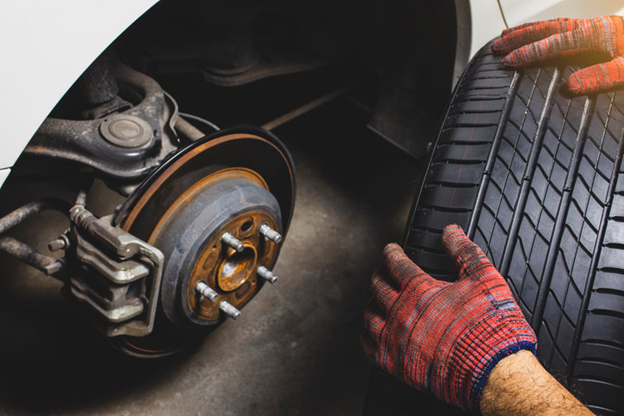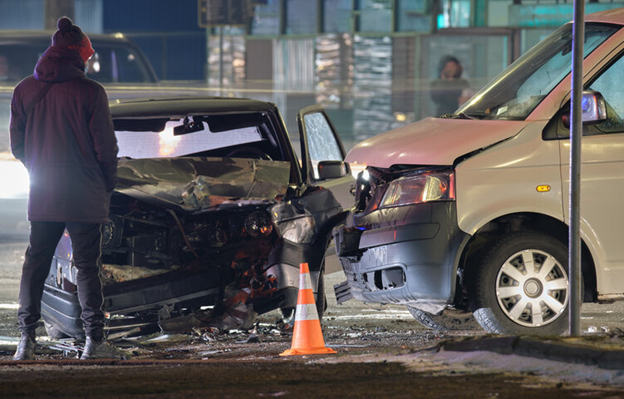
Car safety has never been a fixed objective; it has constantly evolved with technology, consumer demand, and legislation. While today's automobiles are faster, more economical, and more technologically advanced, they are also incredibly safer than yesterday's cars.
To Jeffrey Lux of Ramsey, NJ, vehicle safety's evolution has not been one of dramatic leaps forward but the gradual stacking up of breakthroughs, from seatbelts to airbags and from crumple zones to cutting-edge braking systems, that change the nature of the protection experienced by drivers and passengers. Each one signifies more than technical prowess; it signifies society's relentless determination to mitigate risk and preserve life.
The first cars provided speed but little protection. Seatbelts, structural windshield reinforcing, or crumple zones were nonexistent, so accidents usually resulted in fatalities. It wasn't until the mid-20th century that companies started to take safety as a fundamental design requirement.
Jeffrey Donald Lux points out the crucial contribution of crumple zones, developed in the 1950s, which changed safety engineering. Rather than designing cars to withstand impact at any expense, designers started developing structures that absorbed and dissipated crash forces away from occupants. This concept continues to form the foundation of contemporary safety systems.
Critical Lessons from This Transition
As Jeffrey Lux of NJ describes, what started off as a revolutionary concept, sacrificing the structure of a vehicle to protect its occupants, continues to influence today's most sophisticated safety technologies.

Crumple zones are one of the most impactful safety innovations.
According to Jeffrey Donald Lux, crumple zones have advanced significantly to meet today's requirements, particularly in electric cars (EVs), which also need to protect high-voltage battery packs. Engineers work with high-tech alloys, composites, and reinforced subframes to provide safety under diverse conditions.
Whereas crumple zones reduce harm in the event of a crash, braking systems try to avoid accidents altogether.
Jeffrey Lux of Ramsey, NJ, identifies ABS (anti-lock braking systems) as the safety milestone, followed by ESC (electronic stability control) and traction control enhancements. The braking technologies today are
Braking is now integrated into a wider system in which mechanical accuracy and digital wisdom combine. As Jeffrey Donald Lux clarifies, such systems not only slow down cars but, in fact, prevent crashes.
Over the last two decades, safety features such as lane departure warning, adaptive cruise control, and blind-spot detection have gone mainstream.
Jeffrey Lux of NJ highlights that these systems act as safety nets rather than replacements for human drivers. With EVs introducing new design considerations and autonomous vehicles on the horizon, the conversation extends beyond technology to ethics, especially regarding accountability when humans and AI share control.
Jeffrey Lux of Ramsey, NJ, sees the future wave of innovation as one of integration. Future cars will incorporate mechanical robustness, AI systems, and V2V (car-to-car) communication to mitigate risk before drivers encounter it. New technologies could involve:
As Jeffrey Donald Lux argues, the true test of safety isn't necessarily innovation; it's results. Fewer deaths, fewer injuries, and increased driver confidence are the yardsticks of success. Crash tests, claims data, and consumer acceptance all speak to the real-world effectiveness of each technology.
Key ways to measure safety innovation include:
Jeffrey Lux, NJ, stresses that innovation must not be celebrated for novelty alone but for measurable progress in protecting human life.
Jeffrey Lux, Ramsey, NJ, points out that safety will always be the foundation of automotive progress. The automotive industry is progressing towards an era where cars not only handle better but also enhance our safety, as demonstrated by advancements such as crumple zones, predictive braking, EV challenges, and AI-assisted support.
Key Takeaways:
As Jeffrey Donald Lux concludes, cars are never likely to be completely risk-free, but each innovation gets us closer to a safer, more robust road ahead.